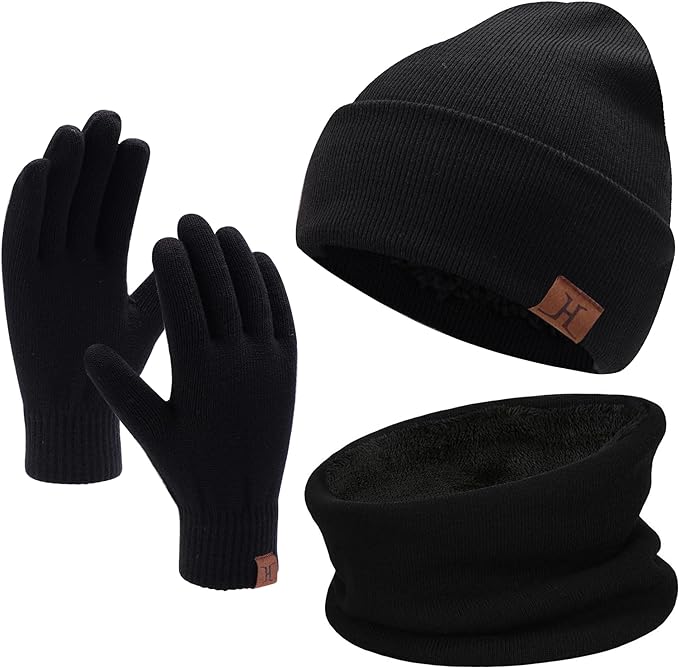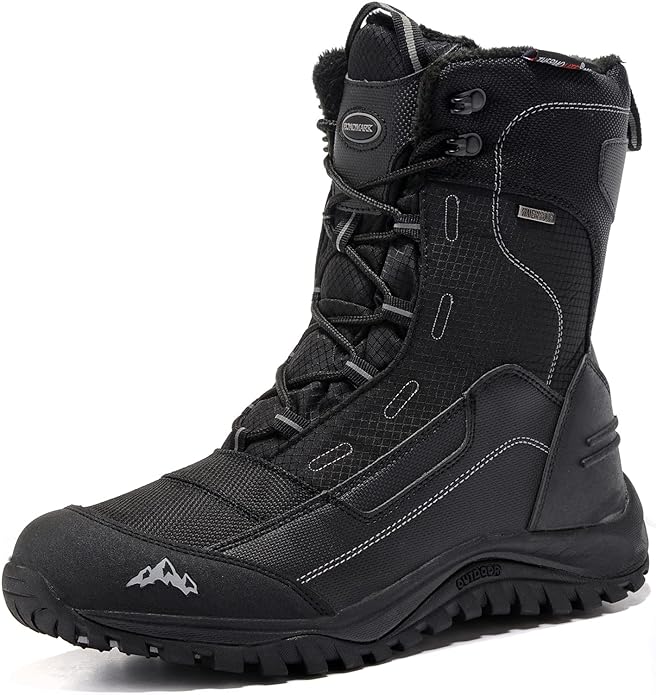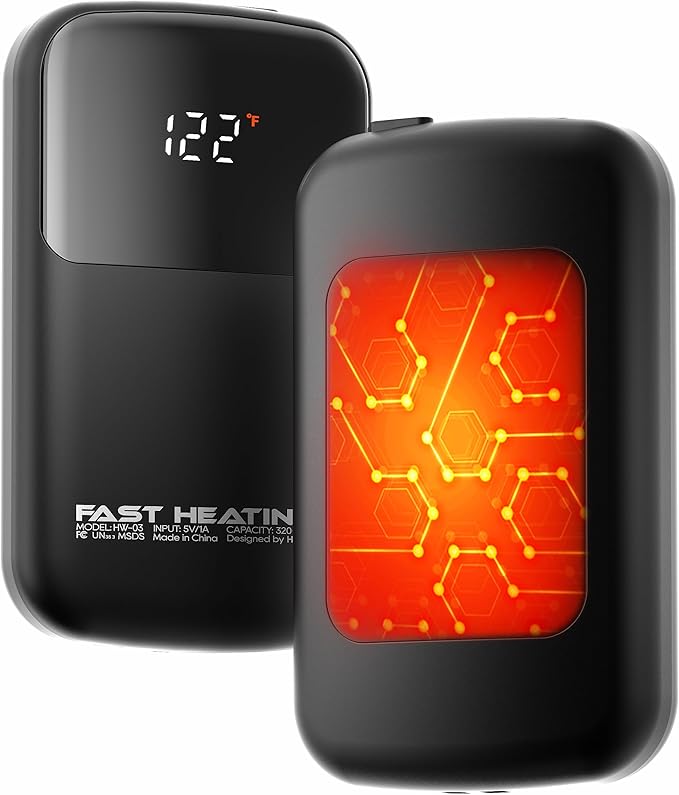Are there any other colors besides green that the northern lights can be
While green is the most common color associated with the Northern Lights (auroras), the display can feature a variety of colors depending on the atmospheric conditions and the type of gases involved in the interaction with charged particles. The most commonly observed colors in the Northern Lights are:
Green:
– The most prevalent color in the auroras is green, and it is often the color that people associate most with the Northern Lights. Green auroras are produced when charged particles collide with oxygen molecules at lower altitudes.
Red:
– Red auroras are less common than green but can be observed, especially during intense geomagnetic storms. Red auroras occur when charged particles interact with high-altitude oxygen molecules. The red color has a longer wavelength, and these interactions take place at higher altitudes, typically above 150 miles (240 kilometers).
Purple/Violet:
– Purple or violet hues in the Northern Lights are less common and often appear at the upper edges of the auroras. They result from the interaction of charged particles with nitrogen molecules.
Pink:
– Pink Northern Lights can occur when there is a mix of red and violet emissions. This can happen during periods of high solar activity and intense geomagnetic storms.
Blue:
– Blue auroras are rarer and can be observed when charged particles interact with nitrogen molecules in the atmosphere. Blue auroras are usually seen at the lower edges of the auroras.
Yellow:
– Yellow hues are also possible, and they can occur when there is a mix of green and red emissions. The specific conditions that lead to yellow auroras can vary.
The color of the Northern Lights is influenced by the type of gas molecules in the Earth’s atmosphere and the altitude at which the interactions occur. Different gases emit light at specific wavelengths when energized by charged particles from the solar wind.
The appearance of these colors can also be influenced by the observer’s location, the time of year, and the specific elements present in the atmosphere at the time of the auroral display. The Northern Lights are a captivating and dynamic phenomenon, and the variety of colors adds to their mesmerizing beauty.











